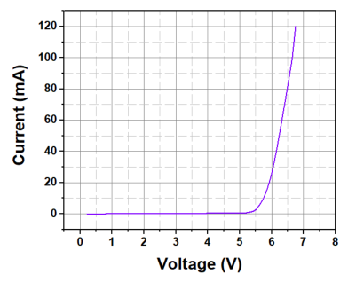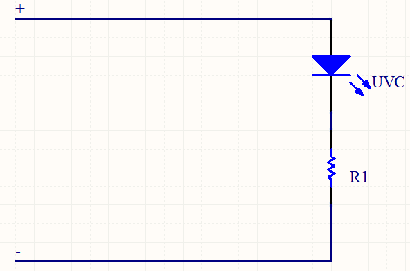Document Center
Deep UV LED
Product trends
Establishment of product document library on February 15, 2020
March 17, 2020 new 3MW monochromatic lamp beads on the market
On June 15, 2020, the name of deep purple scientific and technological products will be adjusted significantly
August 17, 2020: Shenzhen purple Technology Co crystal lamp bead products on the market
Product introduction
quick get start
Practical cases
exception handling
common questions
What is the effective irradiation distance of uvc-led?
Does deep UV uvc-led produce ozone during operation?
Does UVC have harm to human body and how to protect it?
How to choose the window material for deep UV LED applications?
Can deep ultraviolet decompose formaldehyde?
How far is the propagation distance of uvc-led in water?
Effective sterilization range of deep UV uvc-led?
How to test the luminous angle of lamp bead quickly?
Five factors affecting the disinfection or sterilization effect of deep UV LED
Why does uvc-led have color difference?
Is uvc-led driven by constant voltage or constant current?
Is uvc-led driven by constant voltage or constant current?

From the volt ampere characteristic curve of LED, it can be seen that 10% change of power supply voltage (6v-6.5v) will cause 4 times change of forward current (from 20mA to 80mA). Therefore, UVC should be driven by constant current;

Of course, in the actual use process, many customers will use constant voltage drive. It is also possible to drive UVC by connecting a resistor in series to limit the voltage and current. However, at this time, it should be noted that the VF of UVC is different, and the resistance value of series resistance is different. We can't use the resistance with the same resistance regardless of the voltage of UVC.
Eg: input voltage 12V
UVC voltage 6V, design current 100mA, resistance R1 = (12-6) V / 100mA = 60 Ω
When the UVC voltage is 5.5V, the corresponding resistance R1 = 75 Ω;
When the UVC voltage is 6.5V, the corresponding resistance R1 = 55 Ω;
If the customer's resistance is 60 Ω,
When the UVC voltage is 6V, the UVC current is 100mA;
When the UVC voltage is 5.5V, the UVC current is 125mA;
When the UVC voltage is 6.5V, the UVC current is 91ma;
From the above calculation results, it can be seen that UVC current has a great relationship with UVC voltage (VF value) and series resistance value. Therefore, for some schemes using constant voltage drive through series resistance, we suggest customers to grade according to 0.2V and reduce the fluctuation of UVC current by matching different resistance values.
